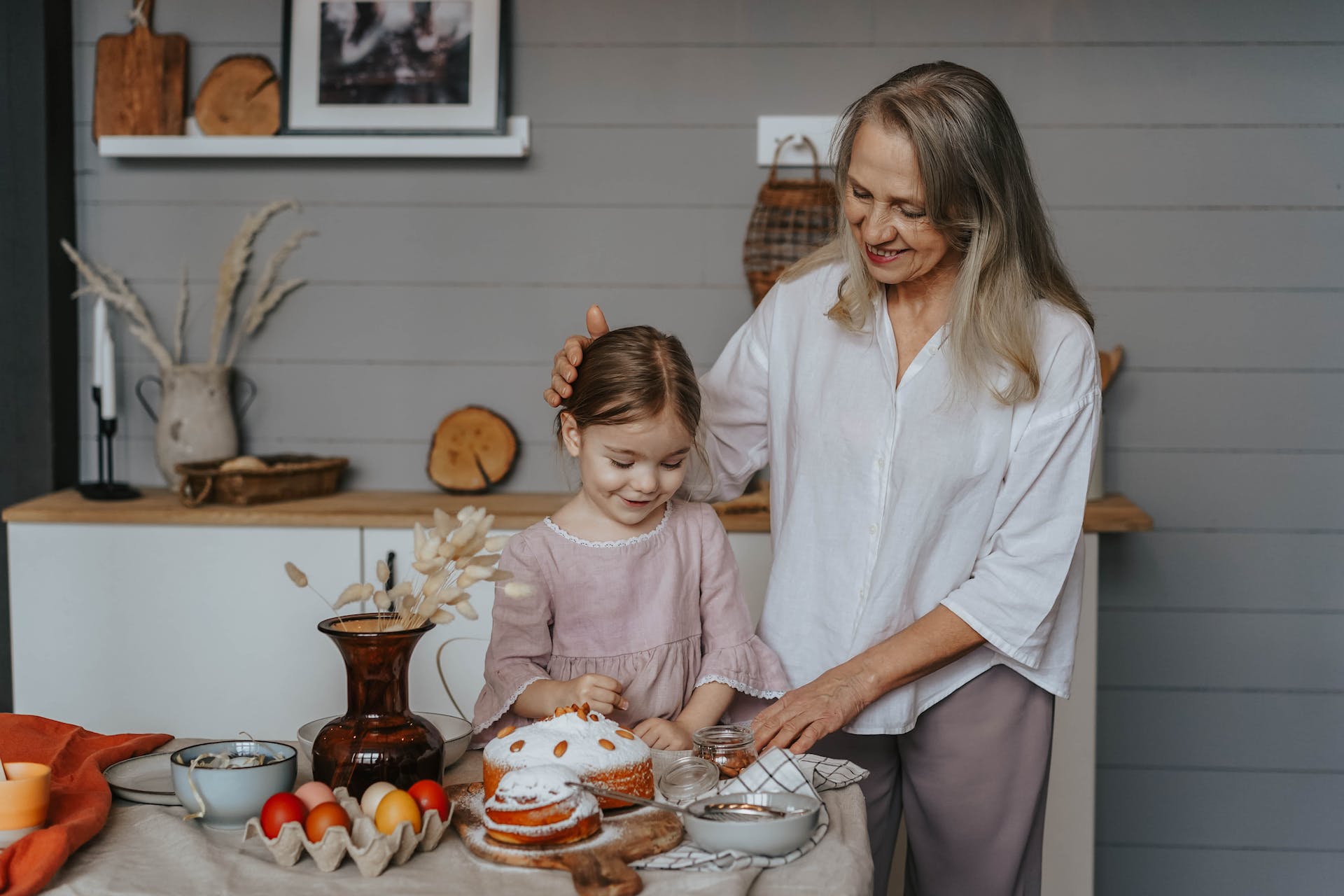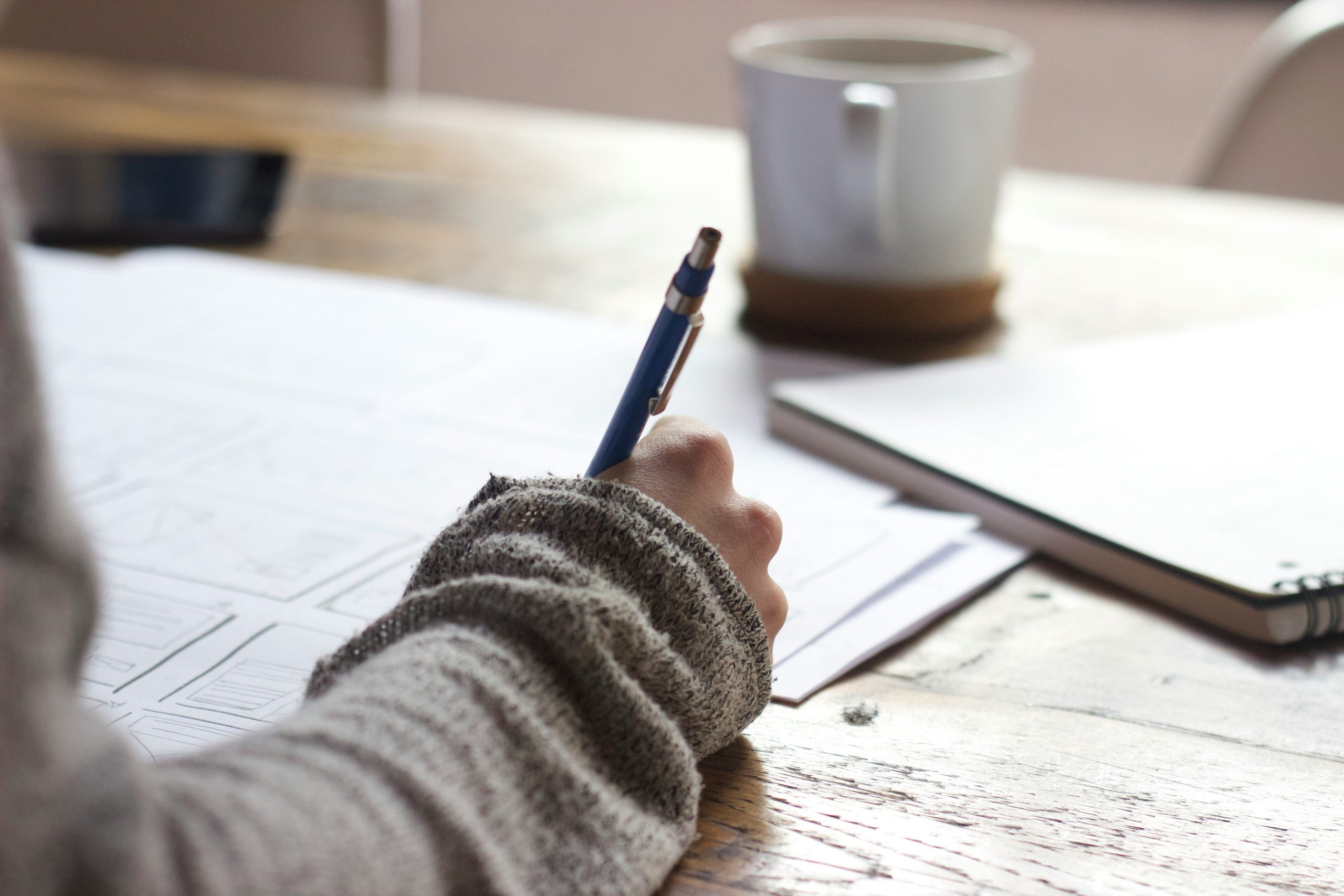Welcome to the fun world of baking with children, where measuring cups become magic wands and flour turns into pixie dust! Baking is more than just making tasty goods; it’s a wonderful adventure full of smiles, knowledge, and lots of floury fun. Every moment spent baking with children is a recipe for exploration and learning, from counting chocolate chips to perfecting the art of fractions with flour.
Prepare to be whisked away on a gastronomic excursion where the ingredients are just as diverse as the lessons discovered and the experiences made are more delightful than the finest desserts. Produce an enchanted mixture of mathematics! It’s certainly a great way for students to explore the field of mathematics!
Here are 6 tips for teaching kids math through baking.
1 – Start With Counting
Write an ingredient list and fill in the correct amounts on it. Ask the children to tally the items required for the recipe. As kids count and gather the ingredients, let them mark off each one. This enhances their counting abilities.
Asking kids to add the quantities of different stuff will help you introduce addition. Kids should be encouraged to count aloud as they pick up each ingredient. “One cup flour, two eggs, three teaspoons sugar,” and so forth are some examples of ingredients.
Let youngsters hold and handle the ingredients as they count, and encourage children to participate in math conversations by posing questions that make them calculate and think well. This tactile approach improves counting comprehension and adds interaction to the learning process.
2 – Teach Measurement Skills
Highlight how crucial precise measurements are. Give an example of how to use each measuring tool correctly.
Introduce children to a variety of measurement implements, including measuring spoons, cups, and kitchen scales (if accessible). Describe the methods for measuring various amounts of components using each equipment.
Allow children to practice weighing out dry materials such as cocoa powder, sugar, and cake flour. Instruct them to use a flat edge to accurately level the ingredient after spooning it into the measuring cup. For maximum exactness, showcase to them how to pour the liquid carefully and to read the measurement at eye level.
3 – Incorporate Fraction
Fractions are used a lot in baking. Teaching fractions to children through this activity is a delicious and practical method to help them comprehend and become more interested in math.
Use visual aids like fraction bars or circles to start describing and discussing fractions. Instruct and demonstrate to them the division of a whole into equal parts by using fractions such as quarters, half, and thirds. Say, dividing a cake into equal portions.
Asking children to double or halve a recipe can make baking into an entertaining arithmetic game. This enables children to practice dividing or multiplying fractions while modifying the amounts of ingredients.
4 – Introduce Timing
Baking requires time precision. Talk about how certain components need to be mixed, let to rise, or baked for a certain amount of time in order to get the desired outcomes. Underscore how important it is to adhere to the timing directions in the recipe.
Teach children the notion of time intervals and how to read a clock. By adding countdown activities, you can make timing enjoyable. Teach children how to measure time on target by using a stopwatch or a kitchen timer. Allow them to configure the timer to run throughout different phases of baking, including mixing, resting, or heating.
Give children time-based assignments to complete while they bake. Assign them challenges requiring timing to solve.
Craft charts or timetables that depict each of the baking stages and the times associated with them. If you have unlimited time, inspire kids to experiment around with timing by gently modifying baking times and seeing what transpires.
5 – Focus On Temperatures
Talk about the effects of hot and cold temperatures on ingredients and baked products. Describe the need for some products, such butter and eggs, to be room temperature before using them in recipes.
Introduce children to temperature scales, emphasizing Celsius and Fahrenheit. Assist them in reading a thermometer. Show them how to adjust the oven’s temperature and keep an eye on its movements. As you bake, have children help you monitor the temperature.
Spotlight the value of staying safe when working near hot surfaces, such as ovens, furnaces or handling hot things. Teach children how to prevent burns on their hands by employing potholders or oven mitts.
6 – Explore Geometry
Kids can get a hands-on, delicious, interesting introduction to geometric ideas through baking. Introduce the shapes of popular baking ingredients: butter is square, cookies or pizza dough are circles, and rolling pins are cylinders.
To explain geometric concepts, cut out various shapes from cookie cutters. While decorating cookies, have symmetry-related conversations. Teach them how to come up with designs that are symmetrical. Compare the sizes and dimensions of various baking tools and equipment to get children fascinated by dimensional analysis.
MATH MAGIC IN THE KITCHEN!
Keep in mind to maintain a lighthearted and pleasant mood while concentrating on the useful applications of mathematics in daily life. Making math learning enjoyable and delectable is the aim as you bake with the kiddos!




